Long Covid at 3 Years
Two new reports at longer follow-up and other related key insights on Long Covid
The VA Study
In Nature Medicine today we published the first 3-year report on major outcomes for over 135,000 people who had Covid from the US Department of Veteran Affairs. Of the participants, nearly 115,000 were not hospitalized and over 20,000 required hospitalization—and compared with over 5.2 million controls. The graph below shows the mortality in the follow-up period for the two groups, per 1,000 persons. You can see the risk for increased risk of death in the non-hospitalized group was no longer seen to be accruing after the first year, but the hospitalized group faced even further increases in death rate throughout the 3-year follow-up, beginning to level out in the last year.
By year (1, 2 or 3), here are the findings for specific organ system sequelae and disability [in terms of disability-adjusted life years (DALY)] for the 2 groups (blue is non-hospitalized, red-hospitalized). The dichotomous results are again seen with a high-risk ratio for the hospitalized group which diminishes over time, but persists at year 3, for pulmonary, cardiovascular, gastrointestinal, fatigue, clotting, and mental health sequelae. That dichotomy is especially notable in DALYs (right panel) with a high burden persistent throughout the extent of follow-up. The non-hospitalized group fared much better, but there was still a significant elevation of pulmonary sequelae, and to a lesser magnitude neurologic and gastrointestinal sequelae (seen well in 2 lower graphs below)
In summary, major adverse outcomes, including death, multi-system sequelae, and disability, were persistent at 3-year follow up in the people who initially required hospitalization. This suggests that the acute infection severity and host response play a critical role in subsequent outcomes. In contrast, the people with mild to moderate Covid not hospitalized had evidence of small residual risk. Fortunately, no new adverse outcomes were seen that had not been noted in previous follow-up of this cohort.
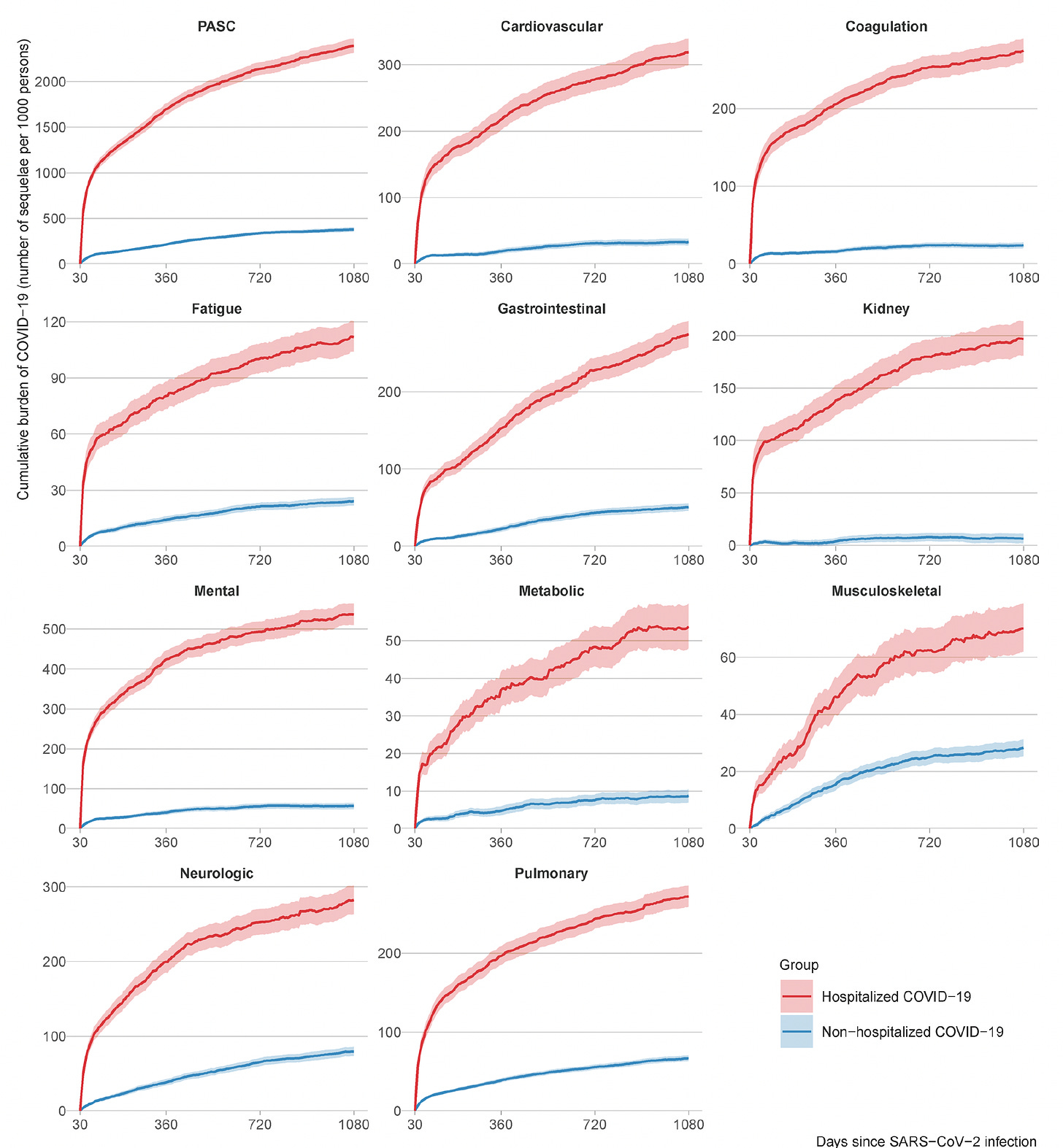
Limitations include the lack of a diverse population and inability to extrapolate about the impact of vaccination, since this cohort follow-up began before Covid vaccines were introduced.
The COMEGEN Italy Study
A new 3-year report for major cardiovascular and cerebrovascular events (MACCE) for nearly 32,000 participants with Covid with a propensity-scored matched group of pre-Covid controls. As seen below there was a significant increased risk of these events, approximately 70%, with continued rise throughout the follow-up, relative to controls. Unlike the Veteran Affairs report, we don’t have the breakdown for hospitalized vs non-hospitalized groups, as a proxy for severity of Covid. But the pattern of persistent increased events seen over three years parallels the VA study findings.
The breakdown is shown in the Table below for each of the major outcomes with an increased odds ratio ranging from atrial fibrillation (1.54), stroke (1.60) to myopericarditis (3.12).
A China 3-Year Report
From one center in Wuhan, 1,359 survivors completed 3-year follow up and 54% hd at least one persistent symptom of Long Covid, more common among those who had experienced a reinfection. The good news is that, in this cohort with mostly mild to moderate acute Covid, the formal lung function testing metrics mainly resolved to the levels seen for matched controls Figure)
Other Long Covid, New Related Reports
SARS-CoV-2 and Neurodegeneration
An important perspective piece from a panel of highly regarded neurologists summarizing the data available was recently published in The Lancet Neurology . The data to support their conclusions are summarized in the Figure below.
Here are their main points, in their words:
In light of this evidence, SARS-CoV-2 infection should be considered as a risk factor for Alzheimer’s disease, even though the distinction between causation versus disease acceleration is not clear.
A direct correlation has been reported between prior SARS-CoV-2 infection and increased risk of Alzheimer’s disease.
So far, the estimated lifetime cumulative risk of dementia due to hospitalization for any viral infection is 1·48 (95% CI 1·15–1·91), increased compared with influenza.
Inflammation in patients with COVID-19, and controlled experiments show prolonged neuro-inflammation after mild SARS-CoV-2 infection in macaques
Antiviral therapy should be considered even for moderate SARS-CoV-2 infections to reduce the severity of symptoms and limit the likelihood of
sequelae.
Brain Inflammation and Cognitive Symptoms
A single-cell sequencing study of cerebrospinal fluid from participants who had Long Covid with brain fog, as compared with healthy controls and those who had improved symptoms of Long Covid, there was evidence of increase of multiple biomarkers of inflammation, including monocytes, various chemokines, and suppressed interferon response.
Long Covid Definitions and Best Practice Care Models
In Annals of Internal Medicine a new scoping review laid out the 5 different definitions used for Long Covid from 38 publications, which needs to get standardized with respect to timing of onset and duration. Models of care for patients with Long Covid were reviewed with 5 core principles: (1) a core “lead” team, (2) broad multidisciplinary expertise, (3) comprehensive access to diagnostic and therapeutic services, (4) a patient-centered approach, and (5) providing capacity to meet demand. Some representative models of care were reviewed from many different health systems.
Brain MRI and Cognitive Symptoms at 2-Years
A small study of 52 survivors at 27 months (25 had severe Covid) were studied with MRI and cognitive assessment, compared with healthy controls. There were MRI abnormalities in cognitive regions of the brain correlated with decline in cognitive function indices, along with persistent neurological and psychiatric symptoms.
A Case Report of Long-Term Cognitive Effects With Repeated Testing
A woman in her late 40s with mild Covid later developed cognitive difficulties (“foggy all the time”) with frontal lobe functional impairment by neuropsychological testing. The symptoms and testing abnormalities were persistent at 1-year follow up, but some indices improved suggesting potential response to lisdexamfetamine, a stimulant used in attention deficit disorder.
Summary
The new findings that we reported today demonstrate persistent risk of major adverse outcomes with Long Covid at 3-years after acute infection in patients who were hospitalized. The findings are backed up by other reports reviewed here. At this juncture, we can’t get 3-year follow up from vaccinated individuals at any scale, so a reminder the results here pertain to the infections occurring in the first year of the pandemic. In general, multiple previous studies indicate about a 40% or greater reduction of Long Covid from vaccination compared with unvaccinated controls.
Particularly concerning are the multiple new reports of Covid brain impact at longer term, as succinctly presented by the panel of neurologists. Please take the time to read the 5 points above that we’ve highlighted.
We are starting to see a summer wavelet of Covid in the United States, as reflected by a small bump in wastewater levels and emergency department visits, influenced by the FLiRT variants KP.2 and KP.3, more immune-evasive than the prior dominant JN.1 variant. The graphs below from Jay Weiland show where we stood recently, with hope that this uptick will not culminate into a significant jump in cases. The main point is that Covid is not going away, and while the current status of circulating virus is pretty favorable, we’re only one “Omicron-like” event away from seeing a more threatening challenge to the immunity that has been built to prior versions of the virus. The toll of the FLiRT variants for sharp rise of infections In Singapore, New Zealand and Australia should be kept in mind, since we can’t foretell what will happen here in the weeks ahead (or track it well)
We should also note the further evolution of the virus, as aptly and continuously charted by Daniele Focosi. Beyond the FLiRT variants in the green circle at top right below, there are a bunch of newer descendant deletion variants in the right corner (yellow circle, “FLiRT 31”) that we’ll be keeping an eye on. In June, the FDA Advisory Committee (VRBPAC) will be meeting for a recommendation on the next booster (which variant should be the target) to be made available in September. By the time we get to September there will undoubtedly be a new crop of variants.
That’s why it’s imperative to advance a pan-coronavirus vaccine forward, for which we have recently seen an encouraging report from Walter Reed Army for induction of broad antibody and cellular immunity, and, of course, nasal vaccines, two of which are still incubating in clinical trials supported by US Project NextGen.
I want to thank my co-author of this post, Ziyad Al-Aly who has really been a major force in illuminating Long Covid. It his been real inspiration for me to work with him on the new paper, our recent Science review perspective, and more to come.
Also thanks to the diligent efforts of JP Weiland, Daniel Focosi, and the large number of indefatigable variant trackers who relentlessly keep the watch on, helping all of us.
Thanks for reading Ground Truths. Please share this post to your friends and network.
The Ground Truths newsletters and podcasts are all free, open-access, without ads.
Voluntary paid subscriptions all go to support Scripps Research. Many thanks for that—they greatly helped fund our summer internship programs for 2023 and 2024.

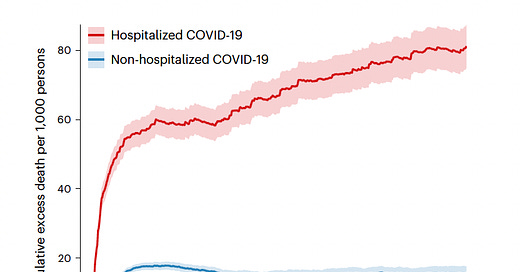


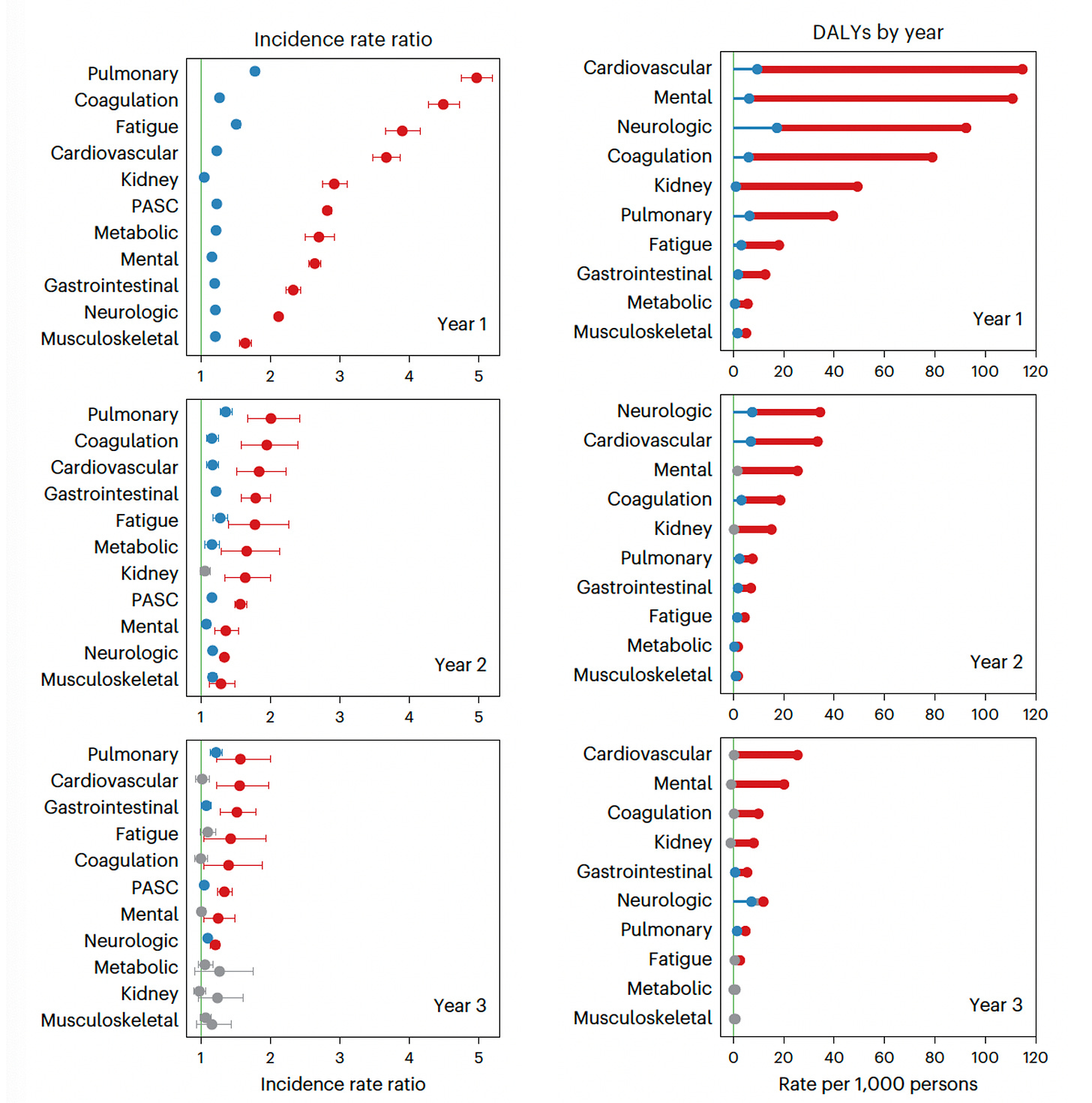
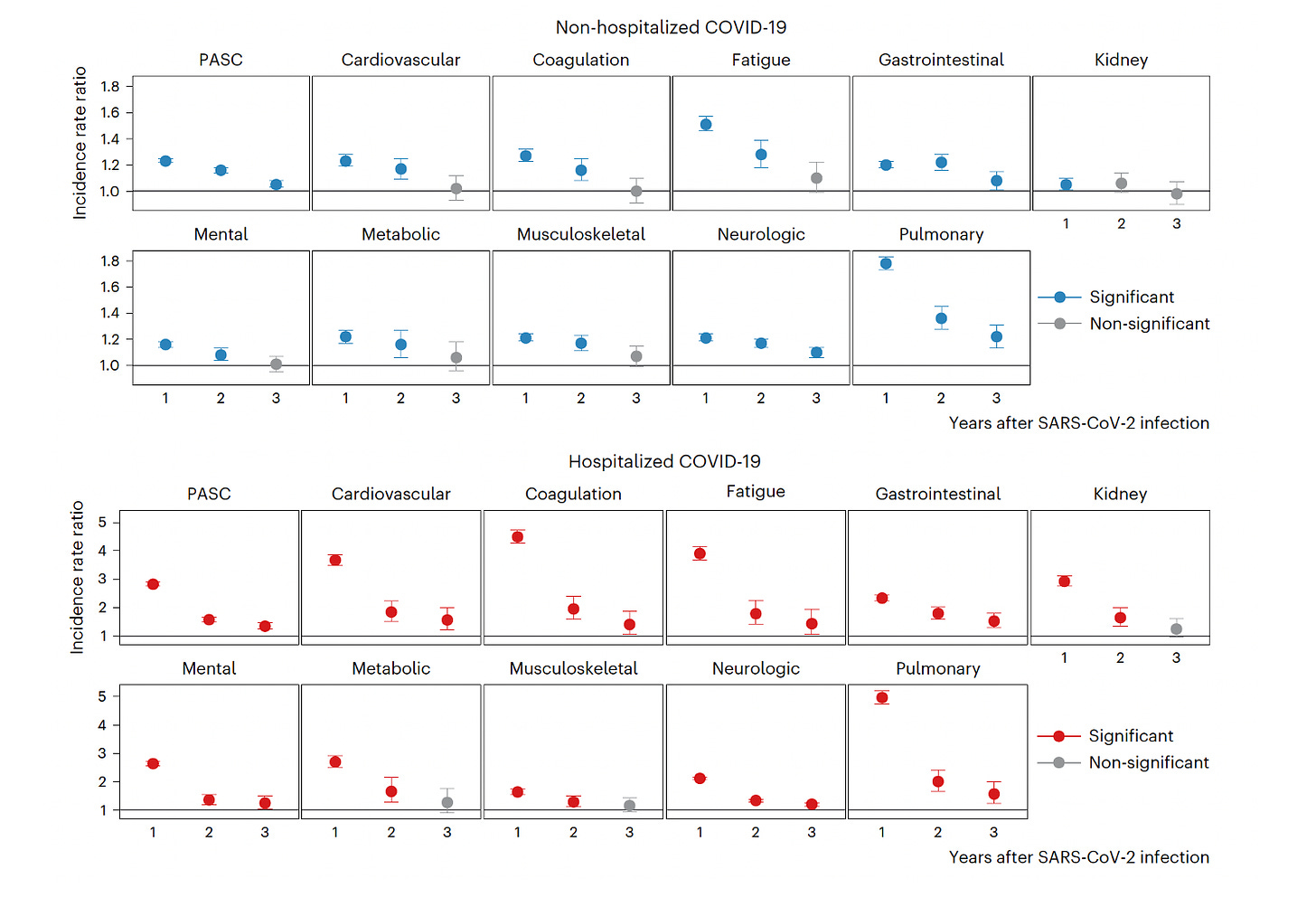
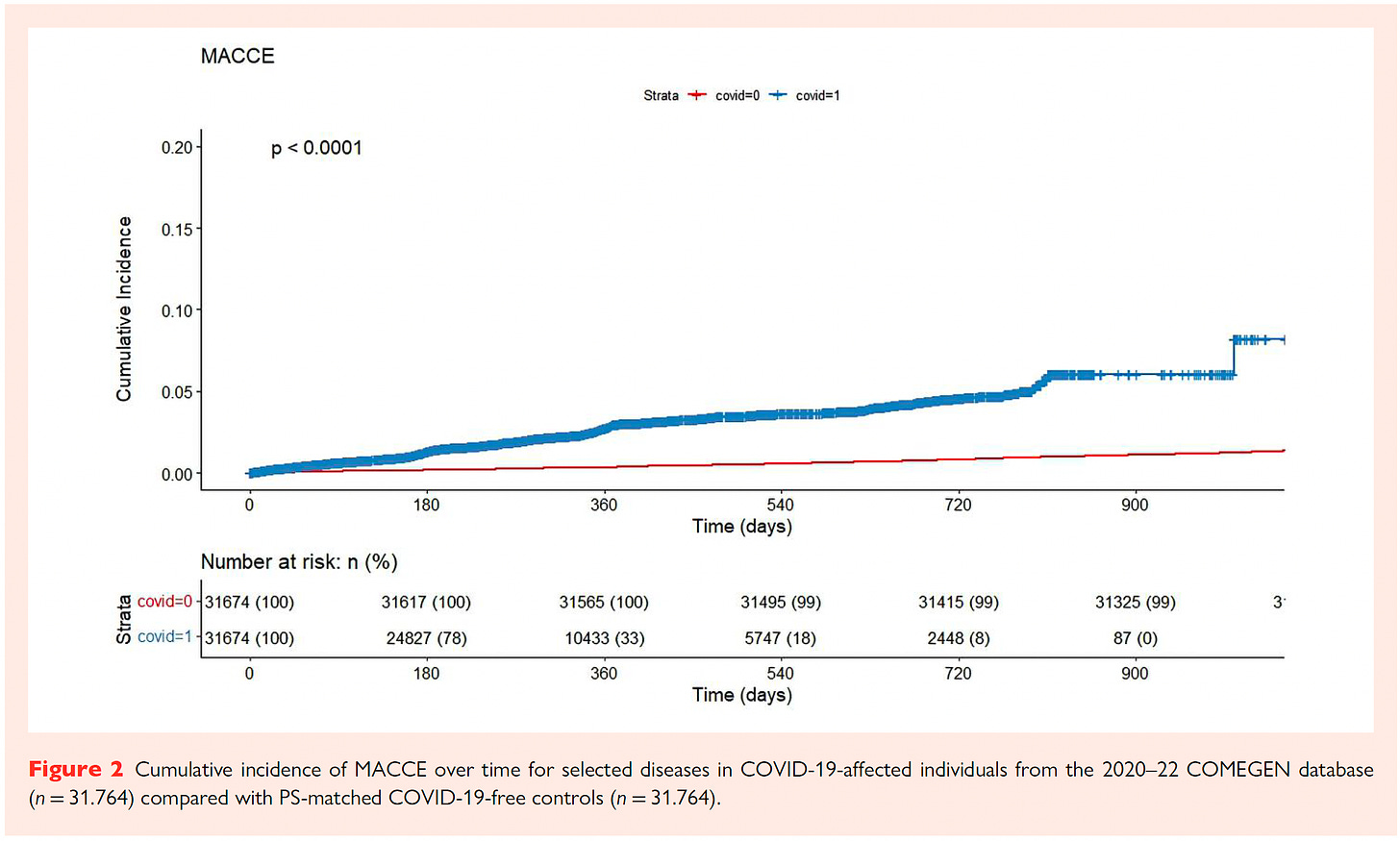

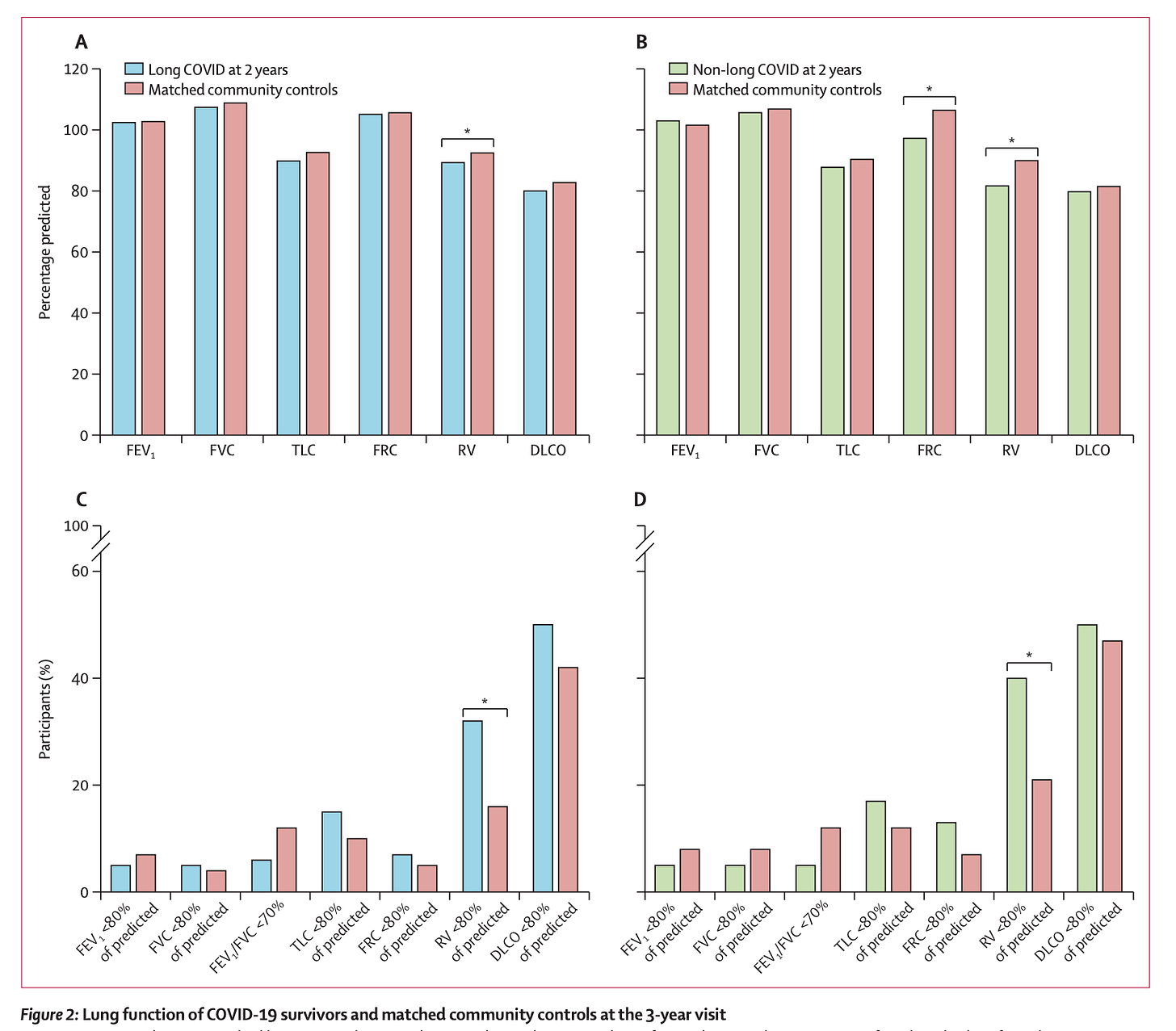
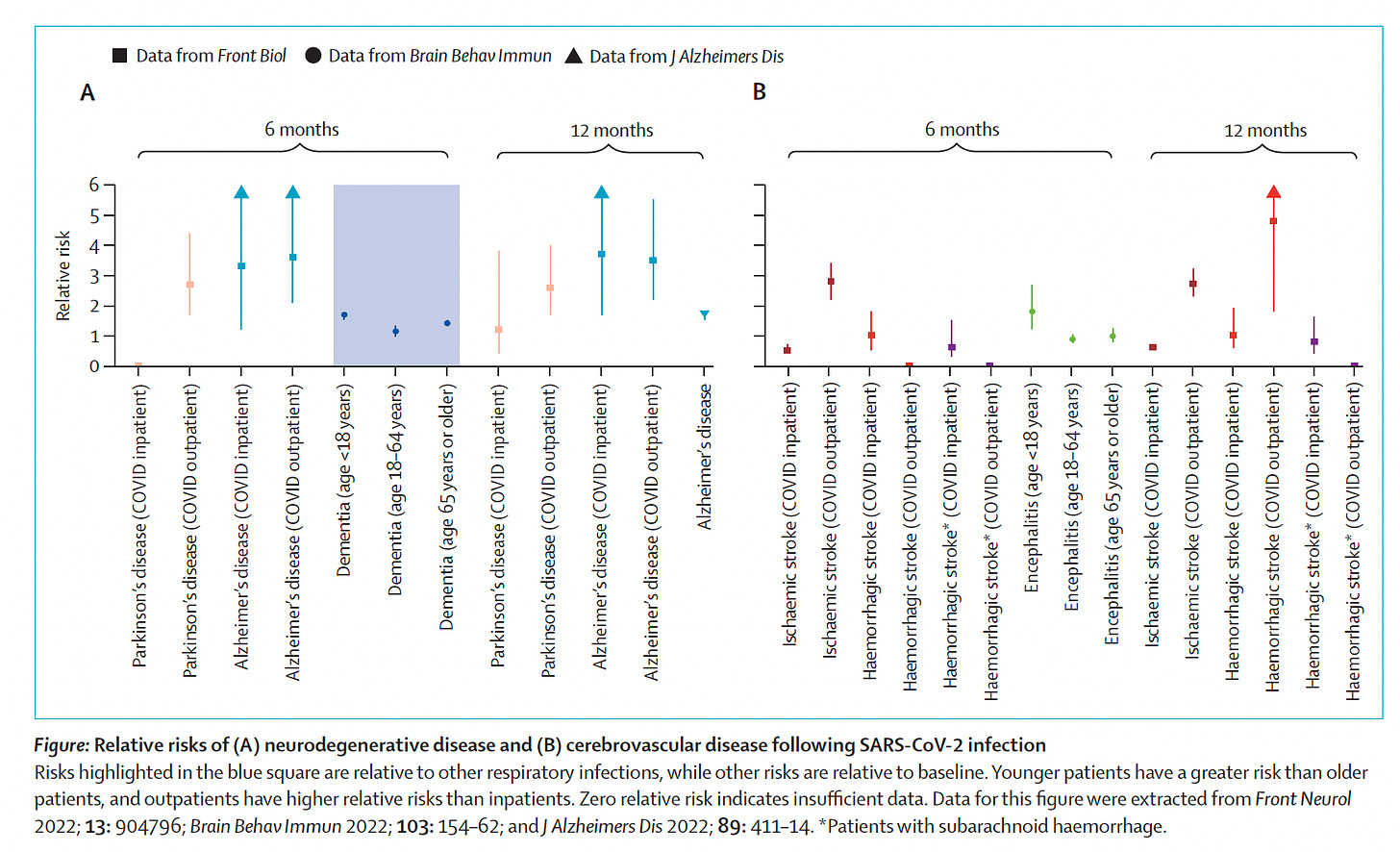
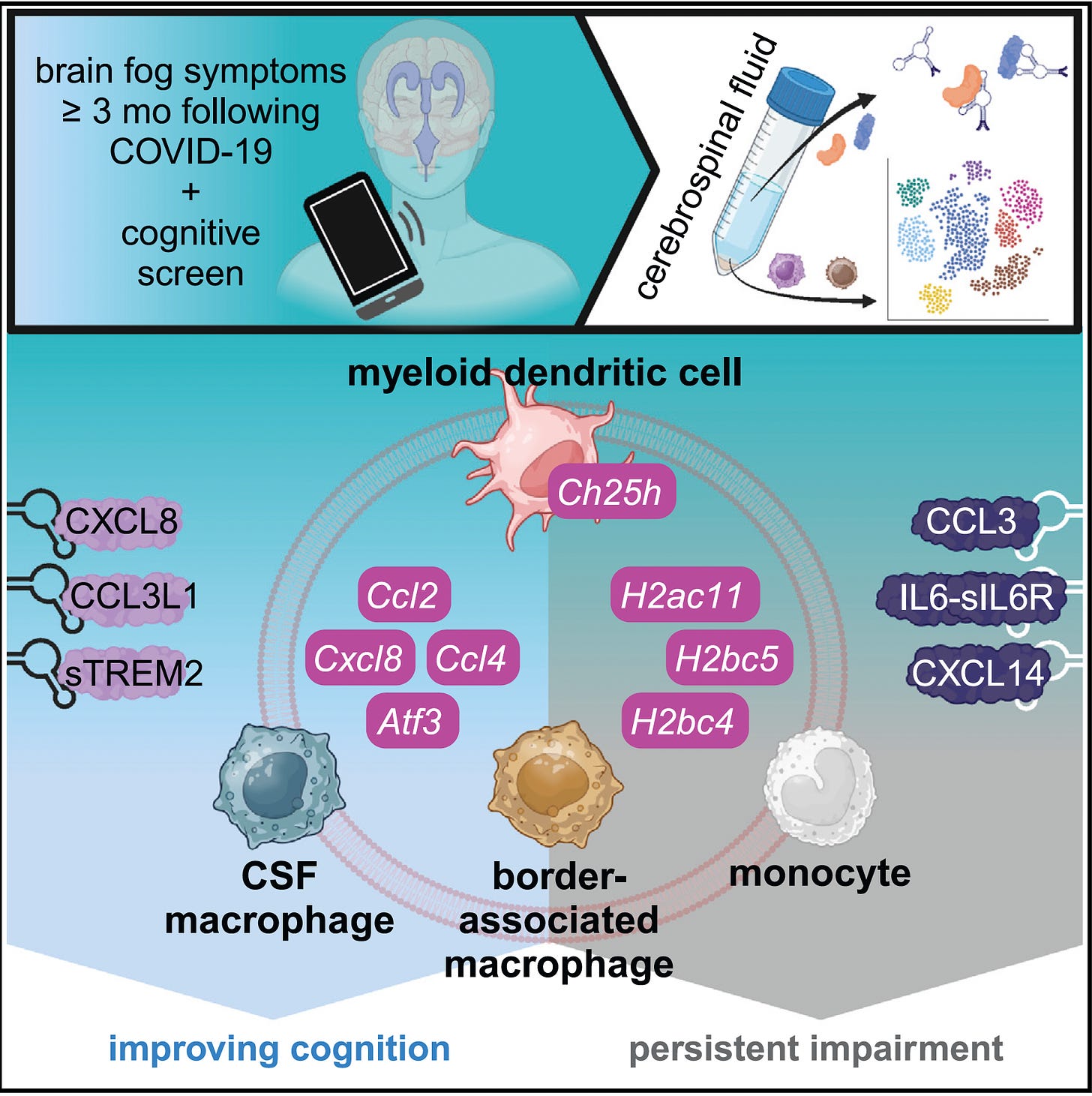
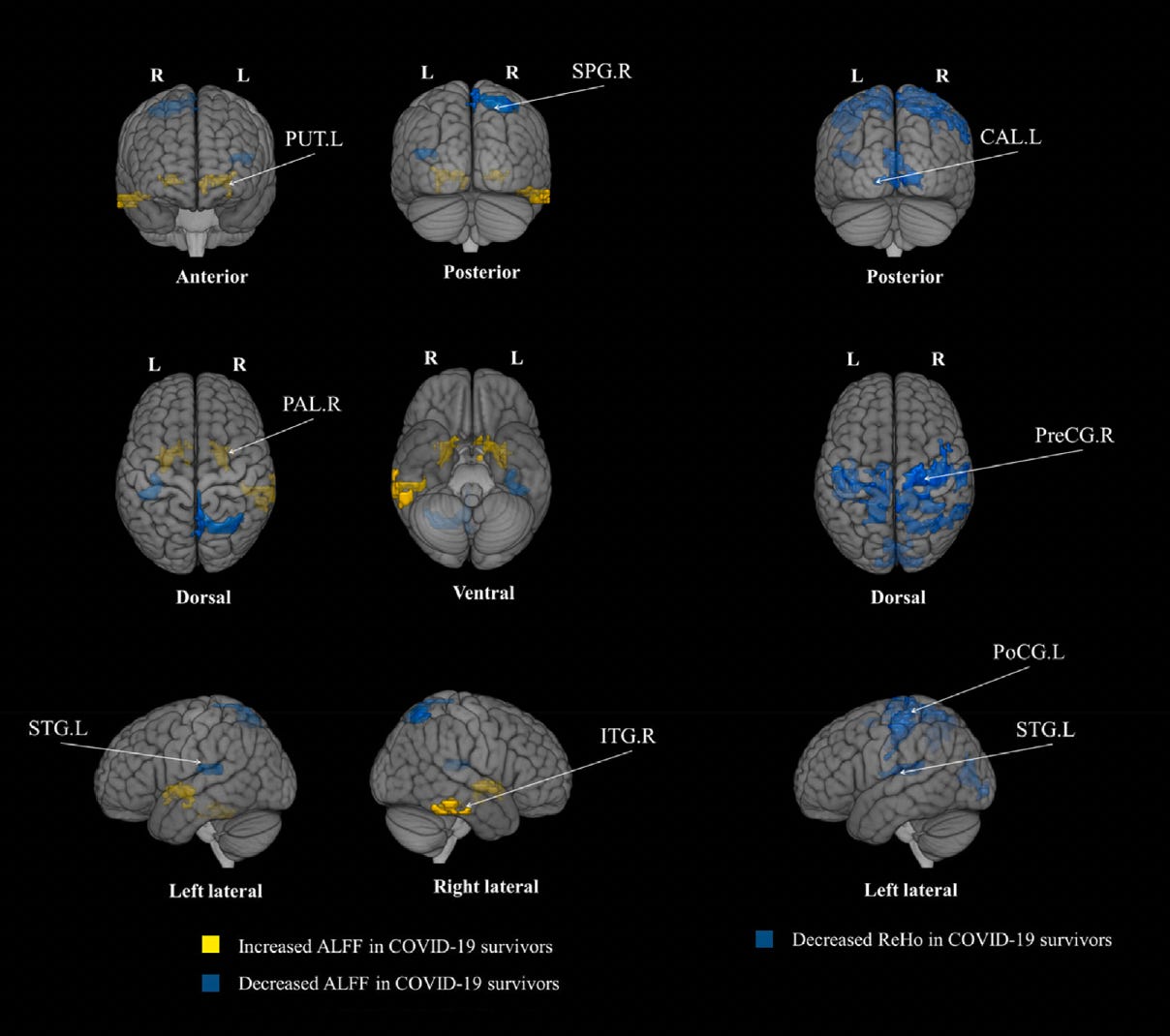
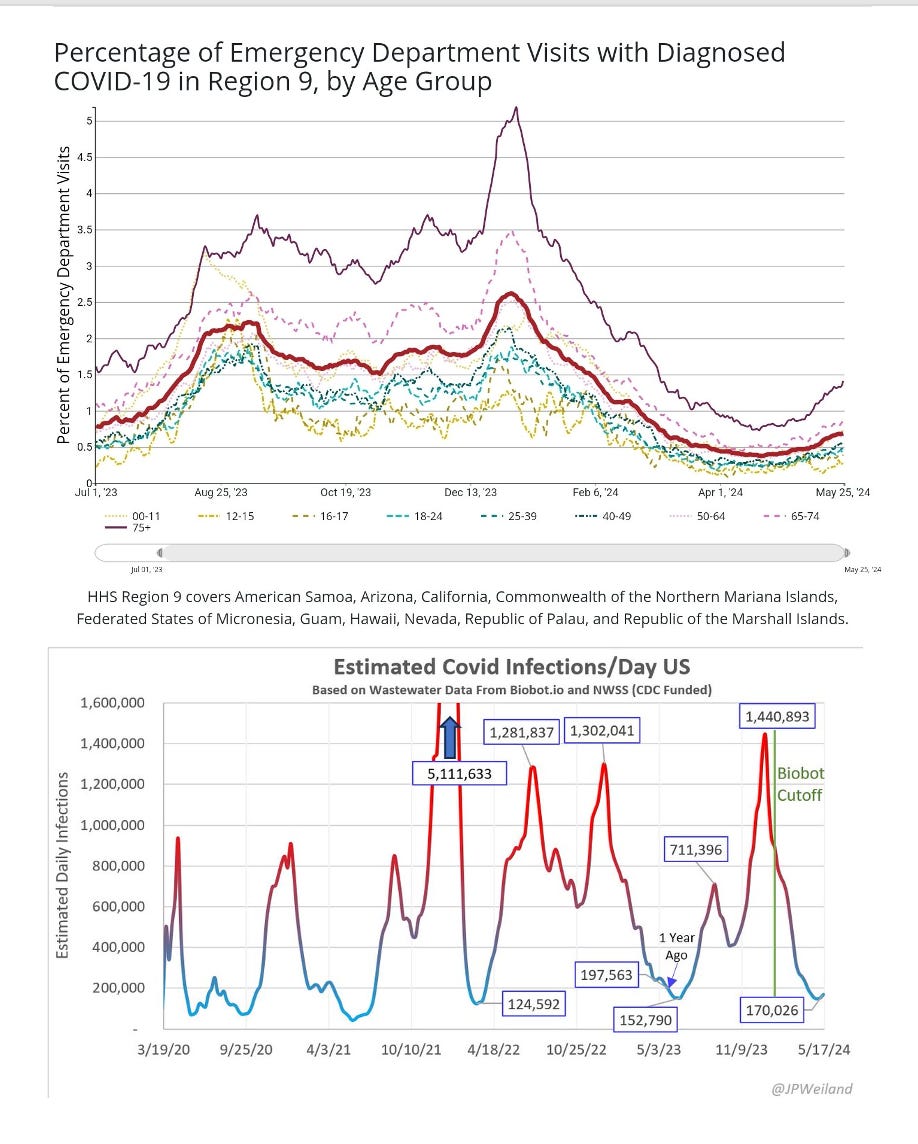
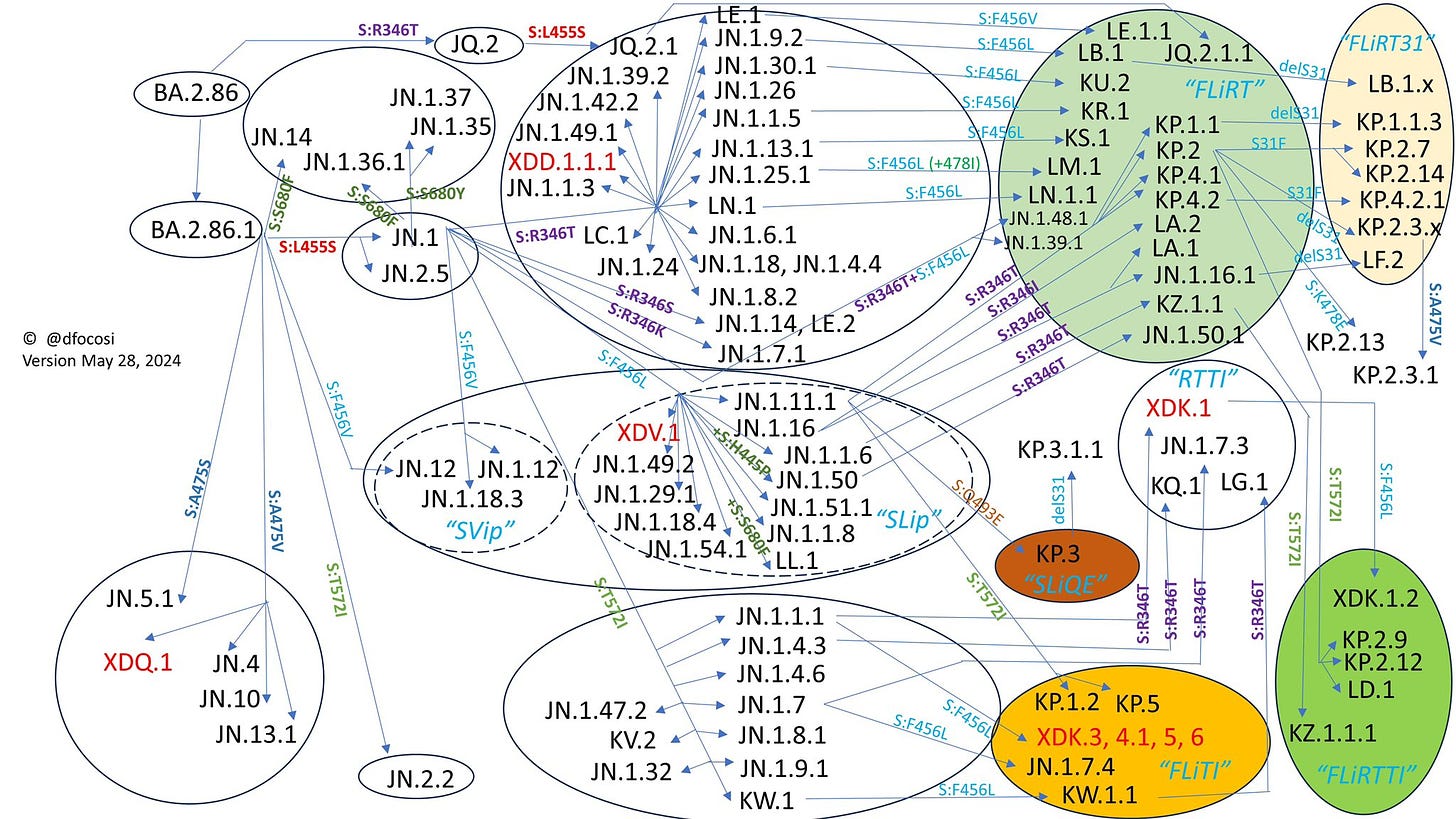

I am glad to have these reports as they validate my personal experience.
The patient, (me) seems to be the last to be asked about symptoms. And as I know, we are encyclopedic information simply because we go through the symptoms one step at a time while doctors who have not been educated keep shoving us through the healthcare world as tho’ we were cars in a car wash.
I do not say this casually or without great sadness as I have carried Chronic Lyme with me since 1985.
Now I visit a miraculous clinic that focuses on the individual the way doctors did before dollars and insurance companies took over.
Keep doing the research. Just don’t forget who it is meant to help.
After two bouts ‘ with Long Covid ,being heard seems to be the first step in being able to heal.
But of course. That is what human healing comes from: compassion, empathy, and clear knowledge, learned by talking to the actual carrier.
Thank you again for being at one end of the answers.
Sincerely,
Thank you for the comprehensive update, as usual. It makes sense that the excess death rate for hospitalized patients was considerably higher than for the non-hospitalized cohort, and that their rate continued to rise. But it's worth emphasizing that even people who weren't hospitalized experienced excess deaths.
As you noted, effective pan-coronavirus and nasal vaccines would be a significant step forward, especially if they are able to reduce the likelihood of infection. However, it will be challenging to know what to do from a public health perspective given low vaccine uptake.